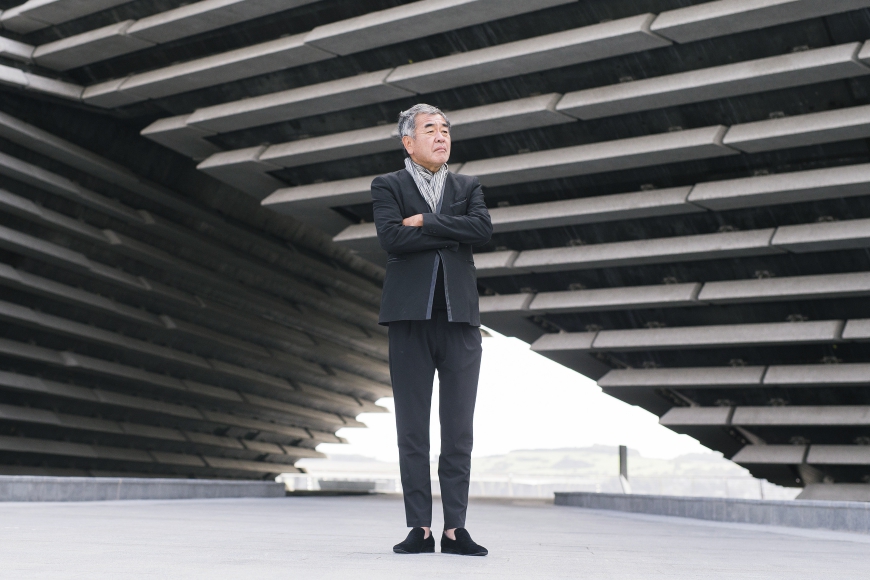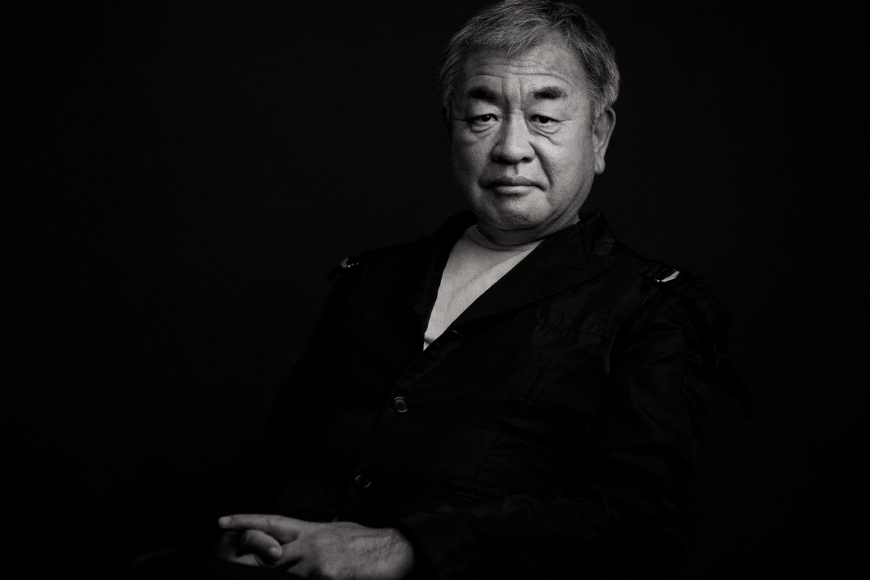Last week, after several twists and turns, the Tokyo Olympics finally entered the final countdown of the year. Whenever Tokyo Olympics is mentioned, it always reminds me of the competition between Zaha Hadid and Kengo Kuma for the design of the main stadium. However, when it comes to Kengo Kuma, let me first introduce the master’s recent work completed domestically; unable to personally appreciate it up close, I can only learn from photos and text.
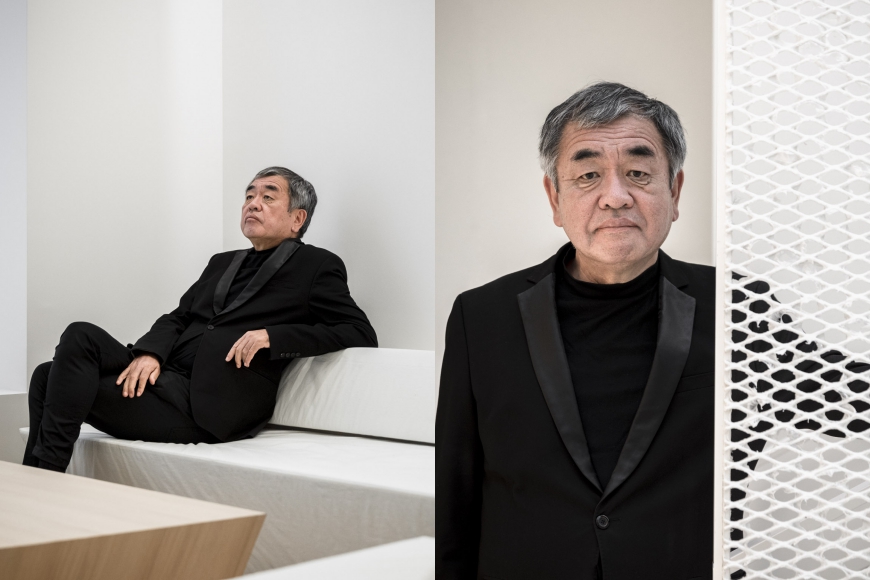
The meaning of “previous lesson” is a term I like to use to describe my admiration for the works of Master Kengo Kuma, because every design, big or small, always teaches you something new. This year marks the 100th anniversary of Grand Seiko’s establishment, so to celebrate this significant moment, the brand specially invited Master Kengo Kuma to oversee the construction of the Shizukuishi Grand Seiko Studio in Shizukuishi-cho, Iwate Prefecture. This symbolizes the opening of a new chapter for Grand Seiko. The new 2095 square meter studio continues to embody Master Kengo Kuma’s architectural philosophy. In terms of appearance, the use of wood blends with the surrounding forest environment; internally, the contrast between the wooden construction and the workshop filled with machinery is striking, and the giant glass curtain wall allows natural light to penetrate the interior, creating a seamless connection between the inside and outside environment, echoing Grand Seiko’s brand concept of being close to nature. It is worth mentioning that this time, Master Kengo Kuma is tasked with creating a dust-free watchmaking space using wood for the workshop, while also meeting the requirement for absolute silence, making it quite a challenging task.
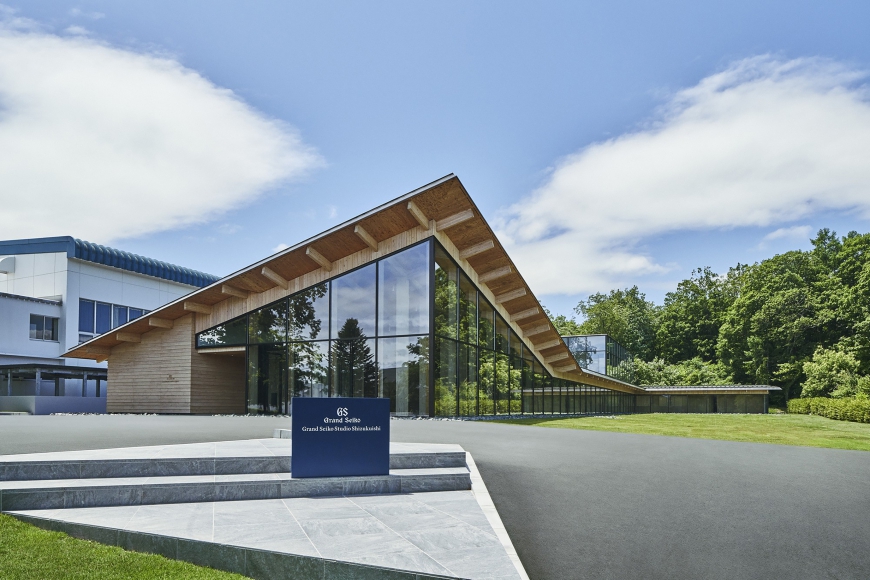

What I am looking for is a humanistic scale, a humble expression.
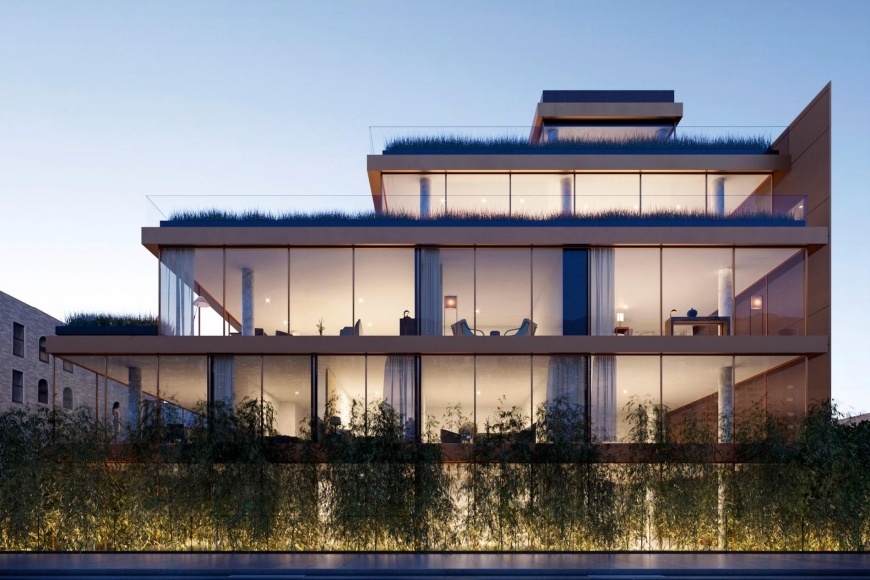
Gathering popularity is a core value and architectural concept that Master Kengo Kuma firmly believes in. In big cities, surrounded by eye-catching buildings, there are grand designs that overlook the surroundings, as well as clever architectural designs that maximize space. However, these buildings often fail to alleviate the overwhelming sense of oppression in the city, no matter how tall or large they are, they can’t seem to create any breathing space. Although wood is a signature material for Master Kengo Kuma, what’s more important is his belief that gathering people under sealed walls creates a sense of oppression. Conversely, gathering people in settings with complete transparency can help adjust the sense of distance between people. By abandoning cold materials like concrete, cement, and bricks, and instead using natural materials and light, not only can the temperature of the building be regulated, but with the addition of transparent architectural designs, the surrounding environment can blend with the interior, reducing the sense of conflict between the city’s buildings and the environment, while also bringing a sense of comfort indoors and outdoors at the same time.
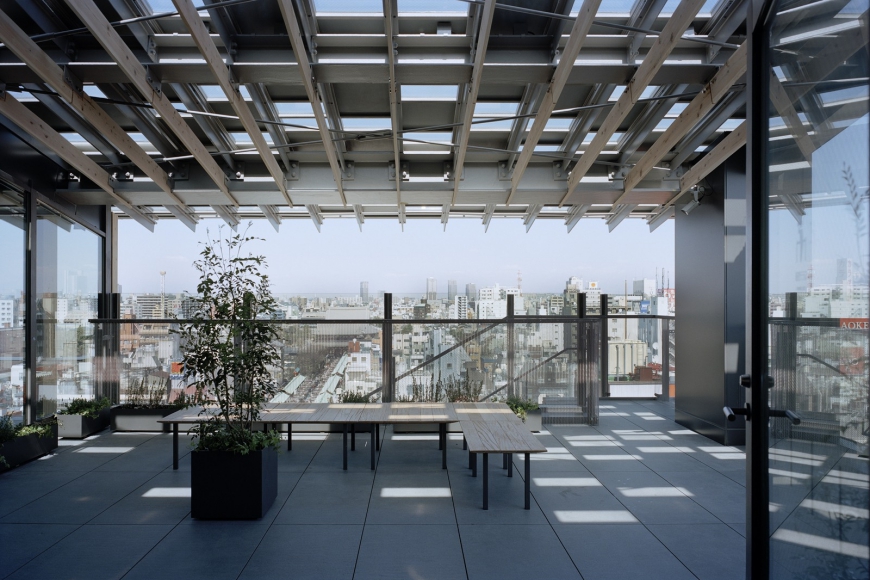
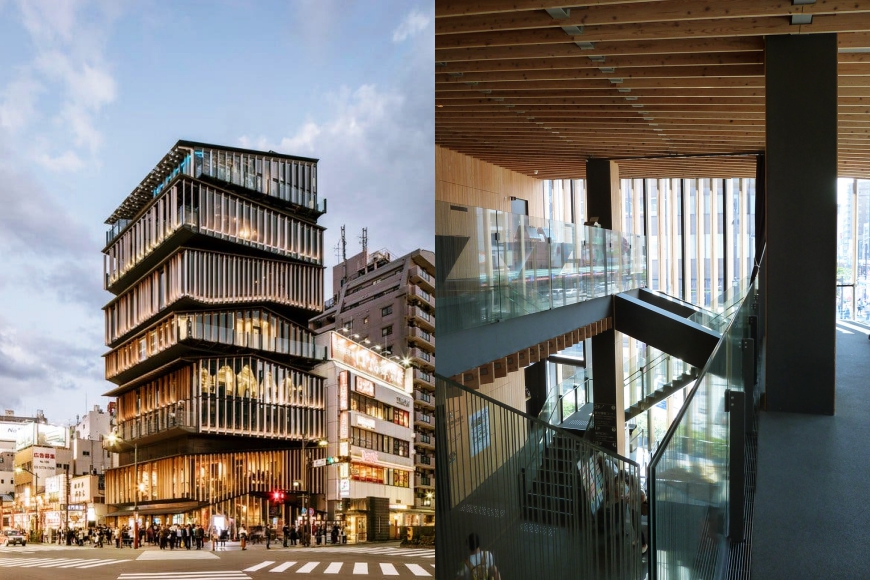
“Architecture needs to be infused with soul and should become a part of the natural environment.”
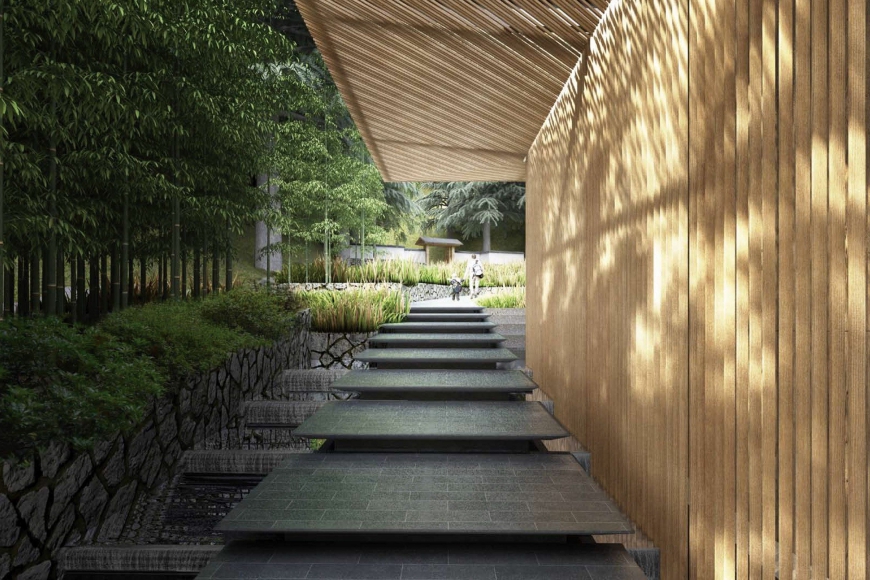
Nature is another very important design element for Master Kengo Kuma, but what is the concept of “nature”? The master once shared in an interview: “What I always think about is what kind of feelings my architecture can bring to the users, and nothing else matters.” While typical architecture can be grand or extremely expressive of the architect or planner’s personal style, it often overlooks the fact that buildings exist for people, but humans do not exist for buildings. In Master Kengo Kuma’s view, nature is not a style, nor does it simply refer to places filled with trees. He understands that human life is often influenced by the changes in nature, and since architecture exists for humans, it should communicate with nature, allowing humans to live in complete harmony with nature. Therefore, nature actually refers to the environment in which humans live, and this is the “negative architecture” concept that Master Kengo Kuma has always advocated.
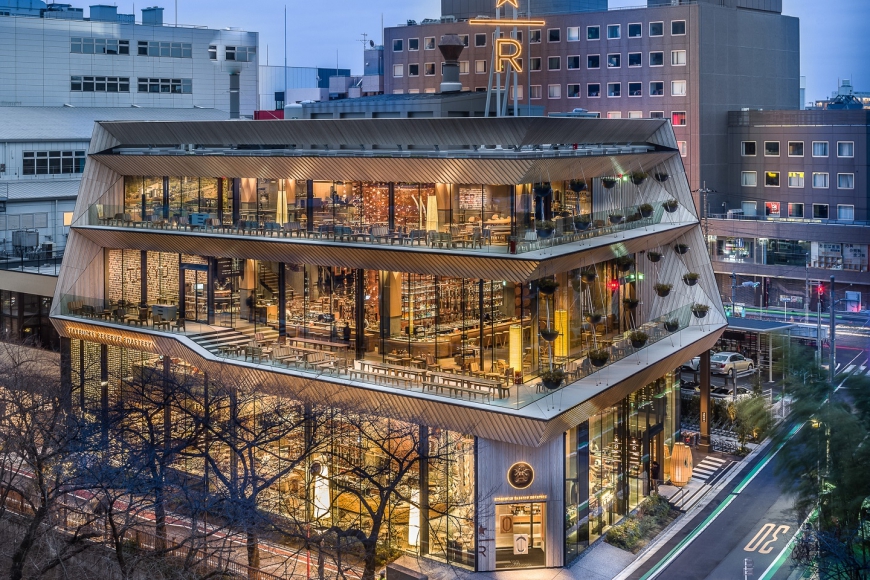
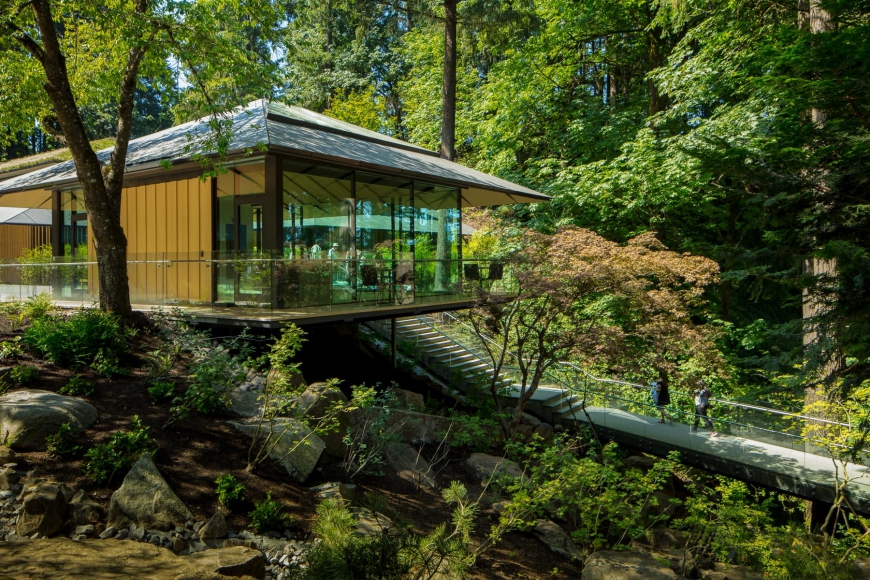
Actually, Master Kengo Kuma also went through a transformation process. In the 1960s, he aspired to become an architect after seeing the National Yoyogi Stadium designed by another architectural master, Kenzo Tange, in his childhood. However, after different reflections and observations, he has become the Kengo Kuma we know today: “Since the Meiji era, Japan has viewed Western architecture as a model, and architectural styles have followed suit, moving towards similarity until now. Different countries have different historical and cultural backgrounds, and we must not forget our roots, especially not destroy the environment and society for materialism. We should cherish tradition and nature more, return to simplicity, focus on our own country and regional culture, and this will inspire more design ideas.”
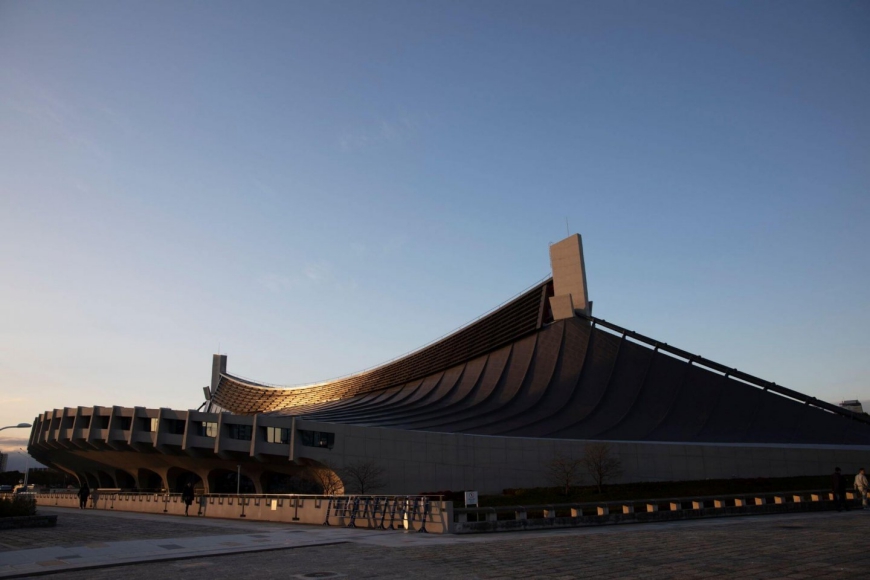
The explanation in the previous lesson was probably like this.
